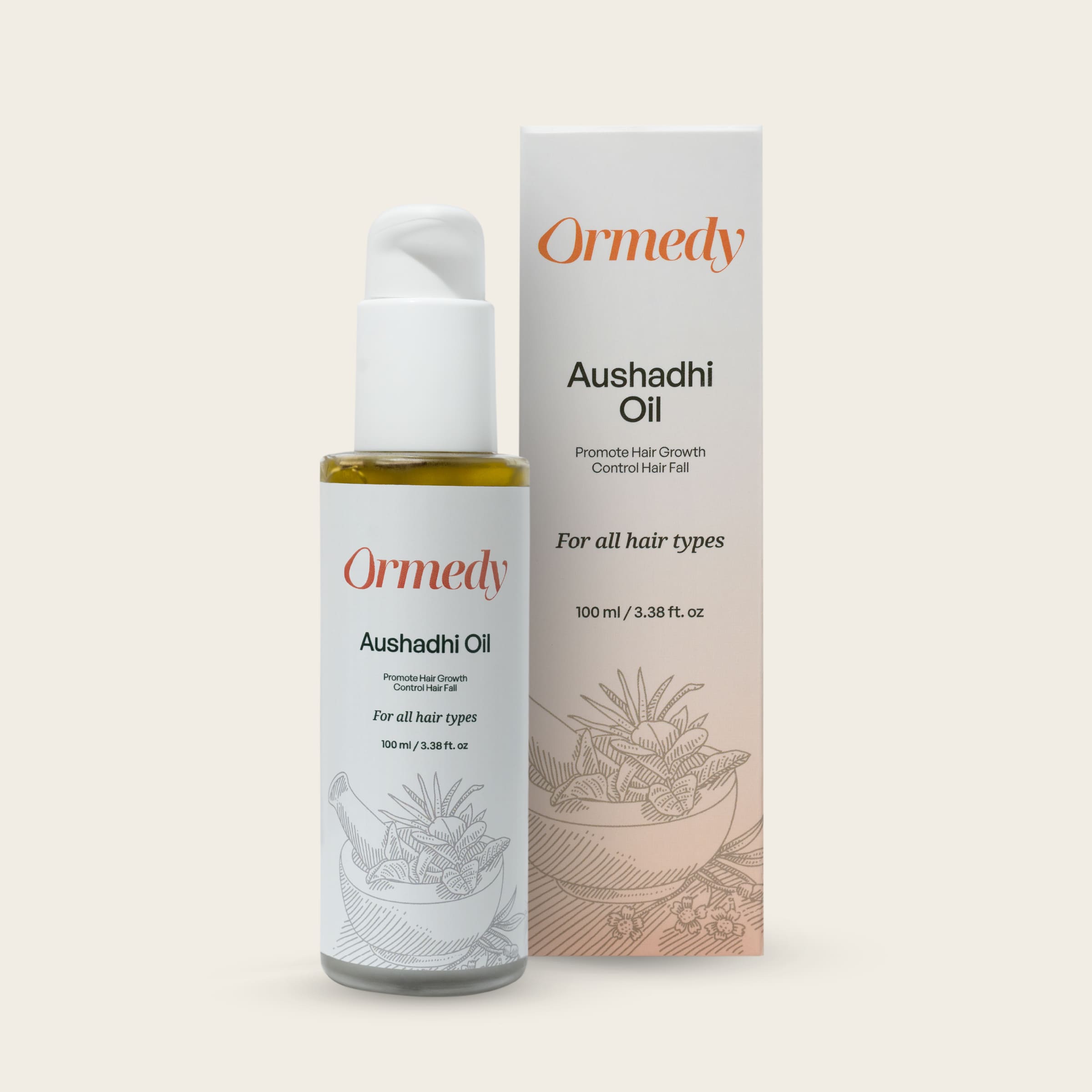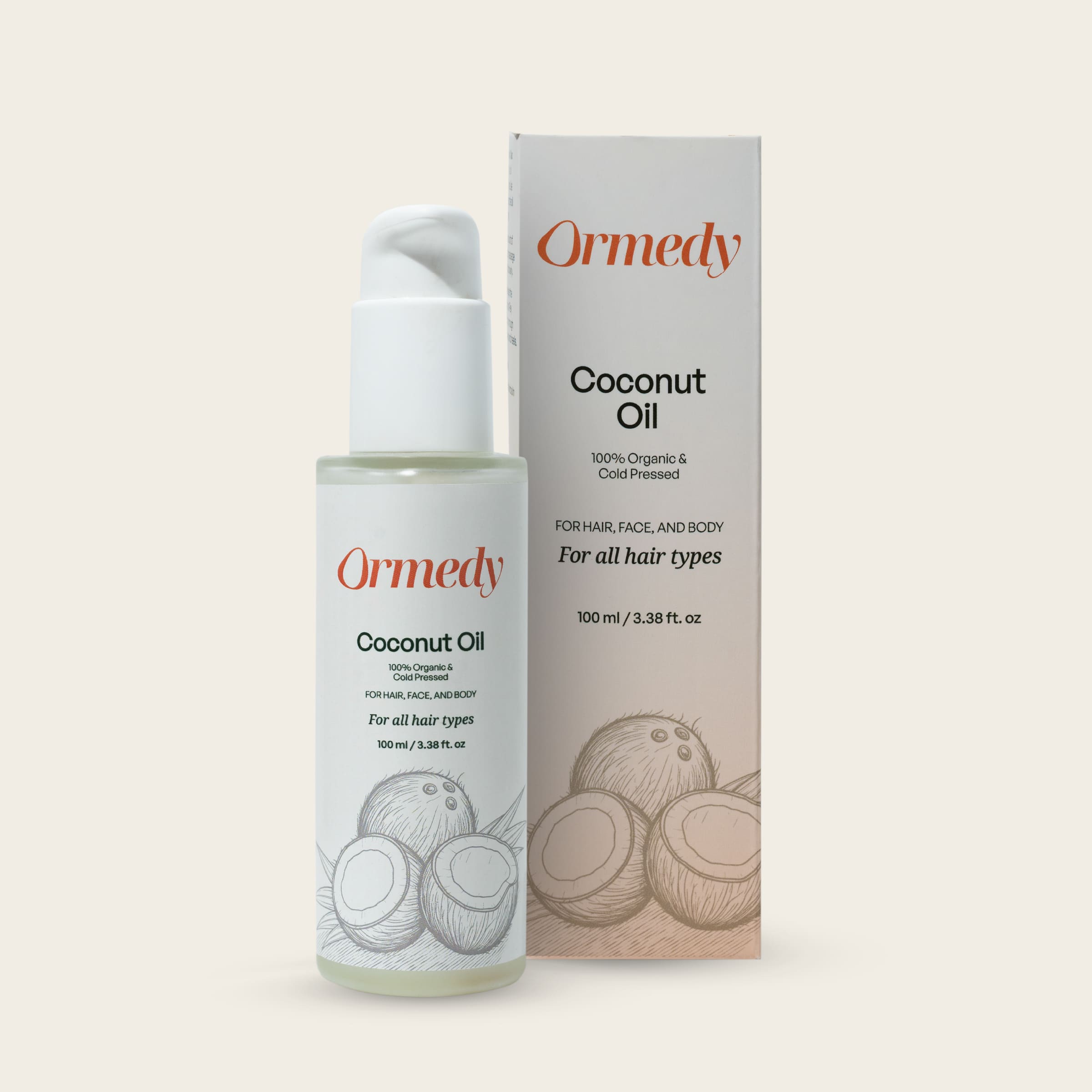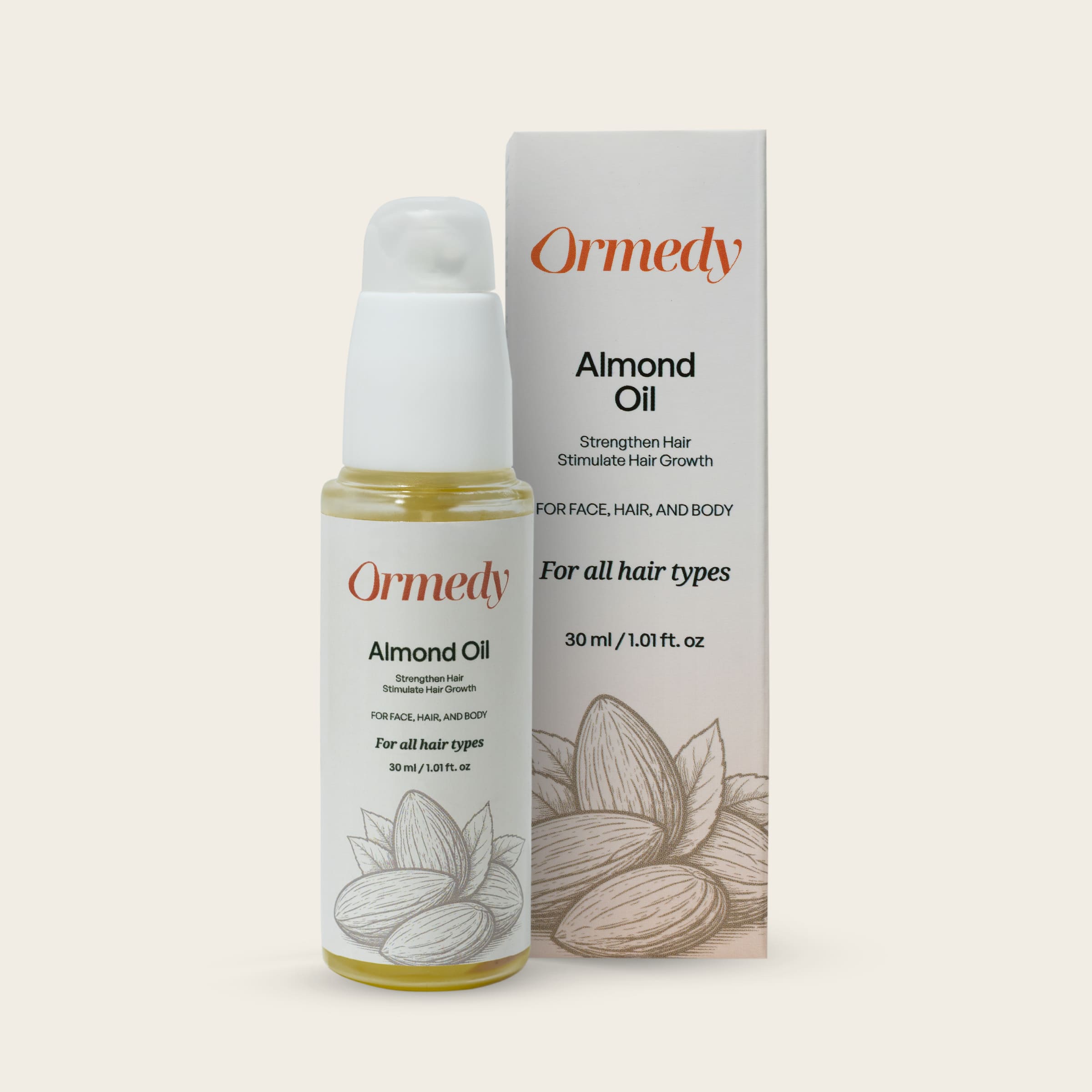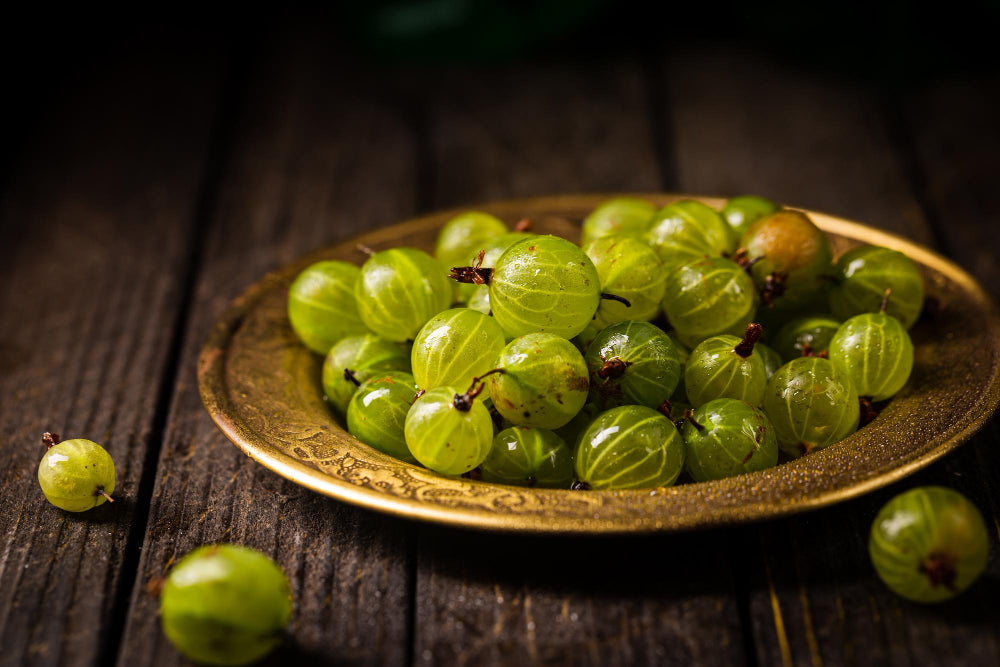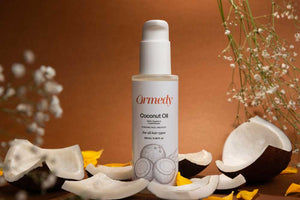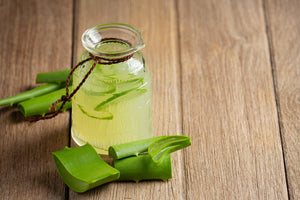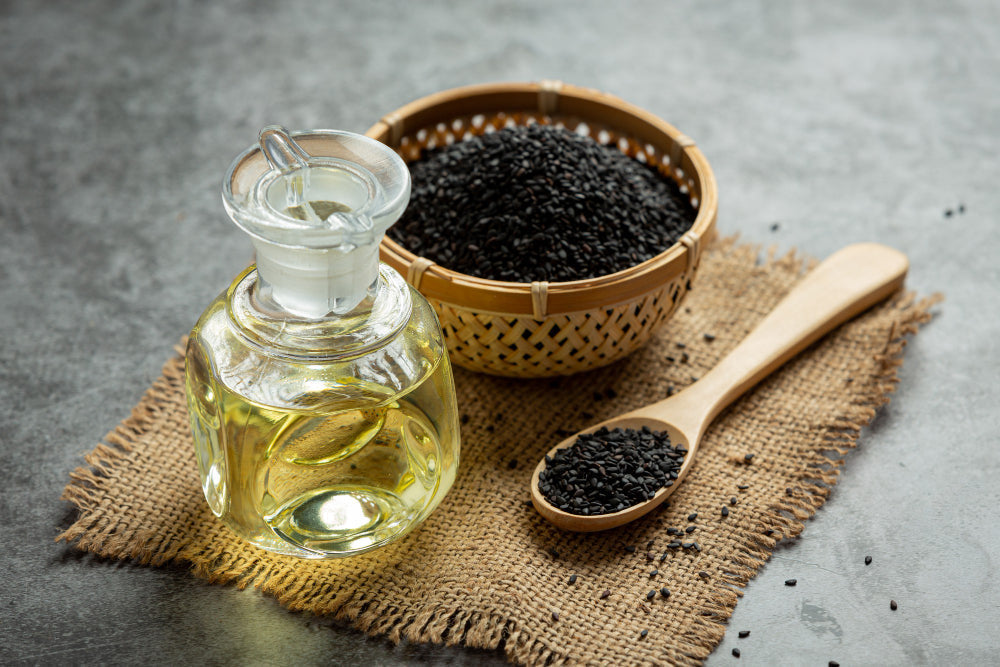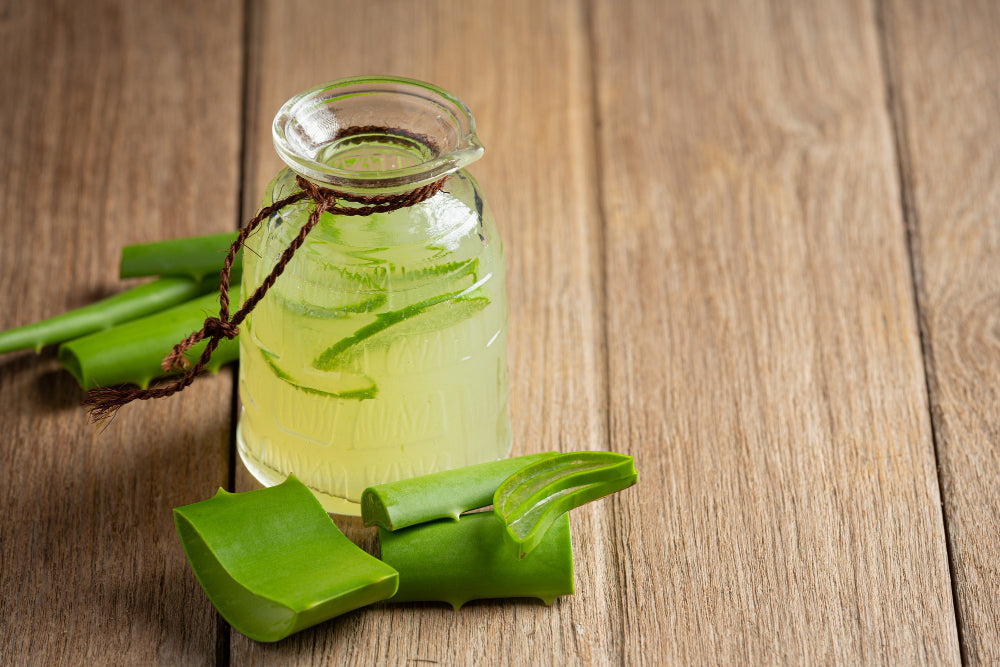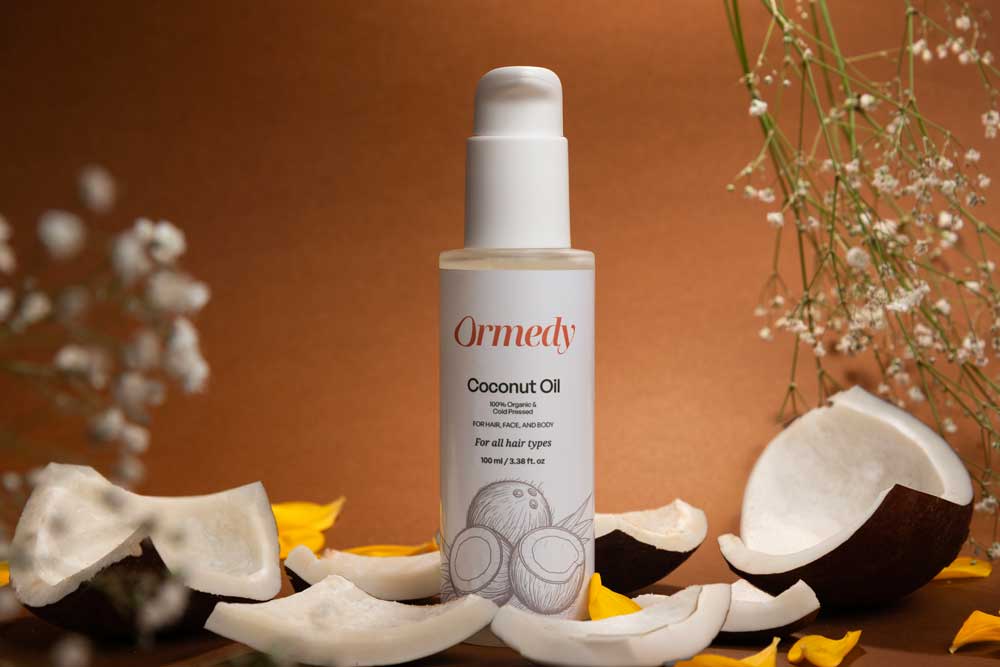Amla, also known as Indian gooseberry, has been a cornerstone of traditional Indian hair care for centuries. Revered in Ayurveda for its rejuvenating and healing properties, amla is increasingly recognized by modern science and global beauty industries as a powerful natural remedy for numerous hair concerns.
From promoting hair growth and reducing hair fall to preventing premature graying and nourishing the scalp, amla stands out as one of nature’s most effective hair care ingredients.
In this article, we’ll explore the origin, key nutrients, hair benefits, ways to use amla, and how it compares with other natural remedies. Let’s dive deep into how amla can transform your hair health.
1. What is Amla?
Amla (Phyllanthus emblica) is a small, green fruit native to the Indian subcontinent. It has a sour, slightly bitter taste and is packed with vitamin C, antioxidants, and polyphenols. Known as a Rasayana in Ayurveda, amla is used to revitalize and nourish the body, particularly the hair and skin.
Traditionally consumed raw, in powder, or as oil, amla plays a central role in herbal remedies for both health and beauty.
2. Nutritional Profile of Amla for Hair Health
Amla’s strength lies in its dense nutritional content, including:
-
Vitamin C – Boosts collagen production and strengthens hair follicles.
-
Antioxidants – Protect hair cells from oxidative stress and environmental damage.
-
Flavonoids & Polyphenols – Enhance scalp health and hair vitality.
-
Iron & Calcium – Support blood flow to the scalp and aid follicle nourishment.
-
Tannins – Help preserve hair pigment and reduce premature graying.
3. Traditional Use of Amla in Hair Care
In Ayurveda, amla is a tridoshic herb, balancing Vata, Pitta, and Kapha — making it suitable for all hair types. Its cooling nature calms the scalp and soothes inflammation.
Common traditional uses include:
-
Amla oil massage to strengthen roots and prevent hair fall.
-
Amla powder mixed with water or henna as a natural hair mask or dye.
-
Amla-infused hair oils blended with herbs like bhringraj, shikakai, or brahmi.
4. Proven and Potential Hair Benefits of Amla
1. Promotes Hair Growth
Amla stimulates the scalp and improves blood circulation, allowing better delivery of oxygen and nutrients to hair follicles. This encourages stronger, healthier, and longer hair.
2. Reduces Hair Fall
Its antioxidant and anti-inflammatory properties strengthen the roots and reduce breakage, especially when combined with scalp massage.
3. Prevents Premature Graying
Amla is a natural source of tannins and vitamin C, which help maintain hair’s natural pigment and delay graying. Regular application can darken existing gray strands naturally over time.
4. Enhances Hair Shine and Texture
Regular use of amla (as an oil or mask) improves hair luster, making strands appear thicker, shinier, and healthier.
5. Fights Dandruff and Scalp Irritation
Amla has antimicrobial and anti-inflammatory properties, helping to treat scalp infections, itchiness, and dandruff.
6. Conditions the Hair Naturally
Amla is a natural conditioner that softens the hair, reduces frizz, and detangles without the need for synthetic products.
5. How to Use Amla for Hair
1. Amla Oil
One of the most popular and effective methods, amla oil is made by soaking dried amla in a carrier oil like coconut, sesame, or almond oil and letting it infuse over time.
How to use:
-
Warm the oil slightly.
-
Massage into scalp for 10–15 minutes.
-
Leave for at least 30 minutes, or overnight.
-
Wash with a mild shampoo.
Frequency: 2–3 times per week.
2. Amla Hair Mask (Powder Form)
Amla powder can be mixed with water, yogurt, or other herbal powders like shikakai or reetha to make a thick paste.
Basic Recipe:
-
2 tablespoons amla powder
-
Enough water or aloe vera gel to make a paste
Steps:
-
Apply to scalp and hair length.
-
Leave for 30–45 minutes.
-
Rinse with lukewarm water.
Benefits: Strengthens hair, removes scalp buildup, enhances shine.
3. Amla Juice or Extract
Drinking amla juice regularly may support hair health from within by boosting collagen and antioxidant levels.
Internal dosage: 20–30 ml diluted with water, once daily. (Consult a healthcare provider if on medication.)
4. Amla in Hair Henna Mix
If you use henna, adding amla enhances its dyeing effect, gives a darker tone, and adds conditioning benefits.
Pro tip: Mixing amla with henna balances the reddish tone and helps prevent dryness.
6. DIY Amla Hair Care Recipes
1. Amla & Coconut Oil for Hair Fall
-
3 tbsp dried amla pieces or 2 tbsp powder
-
1 cup coconut oil
Simmer until amla turns brown, cool, strain, and store.
2. Amla & Yogurt Hair Pack
-
2 tbsp amla powder
-
3 tbsp plain yogurt
Apply to scalp and hair for 30 minutes. Rinse thoroughly.
3. Amla, Shikakai & Reetha Cleanser (Herbal Shampoo)
-
Equal parts of all three powders (2 tbsp each)
-
Soak in warm water overnight
-
Boil, strain, and use the liquid to wash hair
7. Best Hair Types for Amla Use
| Hair Type | Amla Benefits | Application Tip |
|---|---|---|
| Dry Hair | Hydration, scalp nourishment | Use with yogurt or aloe vera |
| Oily Hair | Balances sebum production | Use as a powder mask weekly |
| Thin Hair | Boosts volume, reduces breakage | Regular oil massage and juice intake |
| Curly Hair | Adds shine, tames frizz | Combine amla with moisturizing oils |
| Gray Hair | Slows graying, enhances pigment | Use in oil or mask form consistently |
8. Scientific Research on Amla and Hair
Several studies highlight amla’s effectiveness in hair care:
-
Journal of Ethnopharmacology (2012): Amla extract showed significant hair growth-promoting activity in animal models.
-
Indian Journal of Dermatology (2008): Amla exhibited antioxidant and anti-inflammatory effects beneficial for hair health.
-
International Journal of Pharmaceutical Sciences (2017): Found amla oil to significantly reduce hair fall and improve thickness over 8 weeks.
While more human trials are needed, existing data supports centuries of traditional use.
9. Amla vs. Other Ayurvedic Hair Ingredients
| Ingredient | Key Benefit | Best Use Case |
|---|---|---|
| Amla | Strengthens, prevents graying | Universal hair health, pigmentation |
| Bhringraj | Stimulates hair growth | Hair loss, premature graying |
| Shikakai | Natural cleanser | Replaces shampoo, adds shine |
| Brahmi | Soothes scalp, reduces stress | Hair fall due to anxiety or stress |
| Neem | Antifungal, anti-dandruff | Scalp infections and dandruff |
10. Choosing the Right Amla Product
Fresh Amla
-
Best when available locally
-
Can be juiced or dried
Amla Powder
-
Ideal for masks and DIY recipes
-
Choose organic, chemical-free varieties
Amla Oil
-
Look for cold-pressed or traditional oils infused with real amla
-
Avoid products with heavy mineral oil or synthetic fragrance
Amla Capsules or Supplements
-
Used for internal support
-
Consult a healthcare professional before long-term use
11. Precautions and Side Effects
While amla is generally safe, some people may experience:
-
Allergic reaction – Do a patch test before applying oil or mask.
-
Dryness – If used excessively without hydrating ingredients.
-
Sensitivity – If you have scalp psoriasis or eczema, consult a dermatologist.
Internal Use Caution: Amla juice is acidic — people with acid reflux or ulcers should consult a doctor before ingesting it regularly.
Conclusion: Why Amla Deserves a Place in Your Hair Care Routine
Amla is a powerful, natural solution for almost every hair concern — from growth and strength to shine and pigmentation. Backed by Ayurvedic wisdom and growing scientific evidence, it offers holistic hair nourishment without synthetic chemicals.
Whether you choose amla oil massages, weekly masks, or dietary supplements, consistency is key. With regular use, amla can rejuvenate your hair from root to tip, promoting long-lasting health and beauty.
